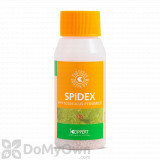
Koppert Spidex (Phytoseiulus persimilis) 100 ml
Price/Ea.
$93.25
Have a Question? Ask Our Pros!
Email Our Pros
We're here to help
Offline. Leave Us a Message



